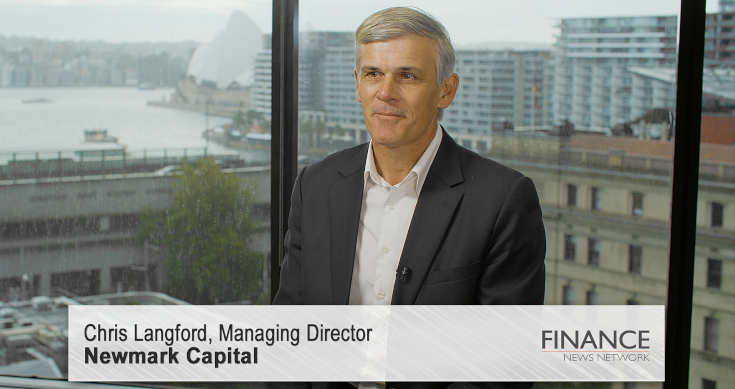Mirvac’s securities enjoyed a very good day out yesterday in the wake of the property and retailing groups solid 2018-19 result.
The securities rose 6% to 3.39 after hitting a new year high of $3.40 during trading.
Despite the construction and residential gloom, the continuing strength of office and industrial markets in 2018-19 lifted Mirvac’s profit above $1 billion for the fourth consecutive year, and at the top end of its guidance.
Mirvac reported a statutory profit of $1.02 billion for the year to June 30. That was still 6% lower than 2017-18.
The result confirms the bullishness of investors who took up the group’s $750 million capital placement in late May to big shareholders.
That issue was done at 42.97 per security, so those investors who snapped up the offering are well in the money with the shares closing at that new high yesterday.
Mirvac’s underlying profit, the figure on which it calculates distributions, was $631 million, up 4% from $608 million the previous financial year, allowing it to declare earnings per security of 17.1 cents.
“Our robust capital position and the acceleration of passive earnings growth means we are well placed to continue to generate strong returns for our security holders,” Mirvac’s chief executive Susan Lloyd-Hurwitz said in the profit statement.
Office revaluations provided an uplift of $392 million, a rise of 6.3% over the previous year’s book value, supported by the concentration of its portfolio in premium towers in Sydney and Melbourne where vacancy levels remain low
“We are now Australia’s second-largest office manager, with $15 billion of assets under management. Our young, low capex portfolio attracts high calibre customers who typically prefer long lease periods,” Ms. Lloyd-Hurwitz said.
Mirvac said its warehouses are 99.7% occupied and have a weighted average lease expiry of 7.7 years.
Like many other developers around the country, Mirvac faces challenging times in its shopping centre and residential developments.
The group said occupancy in its retail division around 99.2% and moving annual turnover – the industry’s key metric for determining the health of sales – grew 2.7%. Specialty sales – which tracks the health of small retailers – were up by 2%, it said.
Defaults in Mirvac’s new house and land estates on the outskirts of Sydney, Melbourne, and Brisbane stayed under 2%.
“Despite a challenging market, we have seen sustained sales throughout the financial year, and we achieved our settlement target and maintained our default rate at less than 2 percent,” Ms. Lloyd-Hurwitz said.
Mirvac said it was confident about the coming year and increased its earnings per security guidance range to between 17.6c to 17.8c, an increase of 3% to 4%, and upped its distribution guidance to 12.2 cents per security, a rise of 5%.
Given the cash rate is 1% and inflation around 1.6% and expected to rise to 2% in the next year (if we are lucky), that 5% rise will be a solid performance if achieved.








